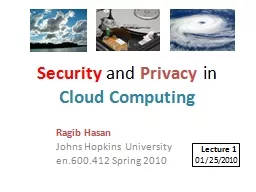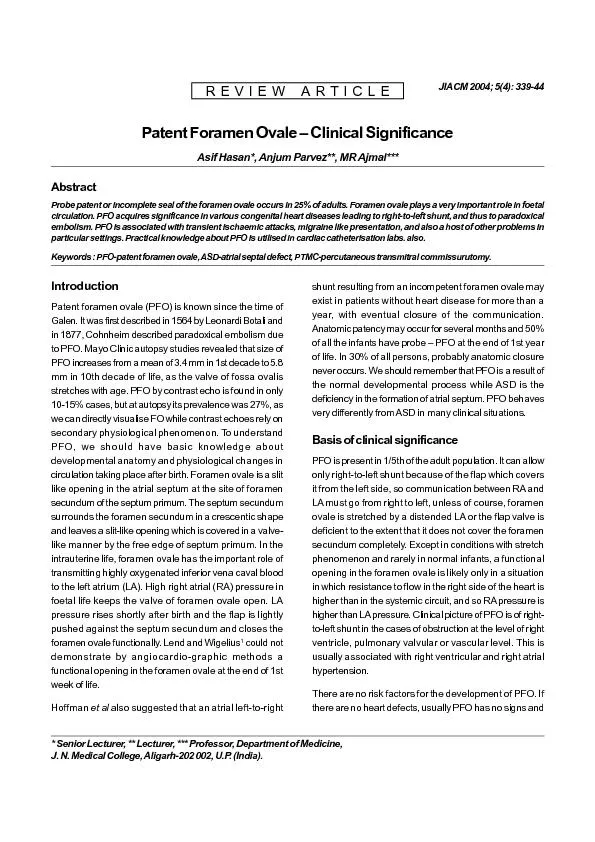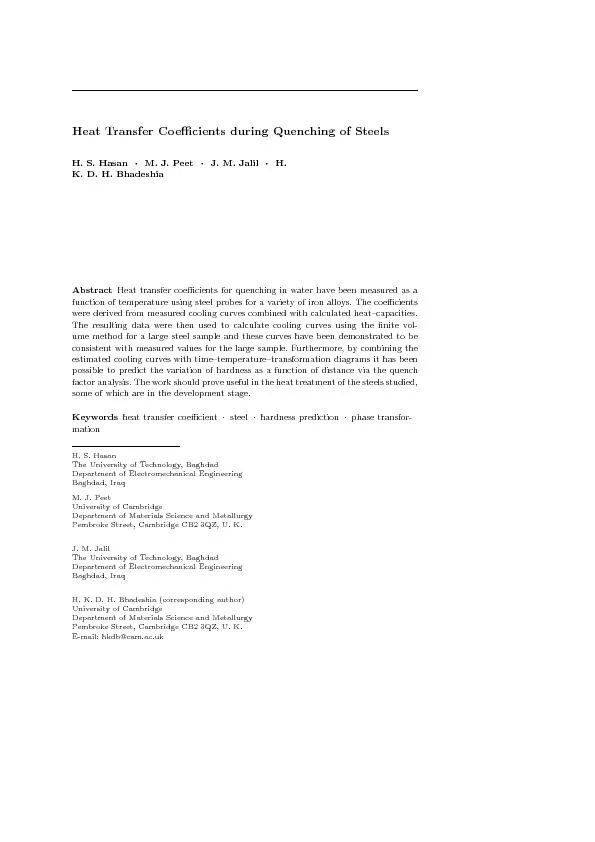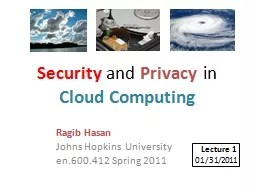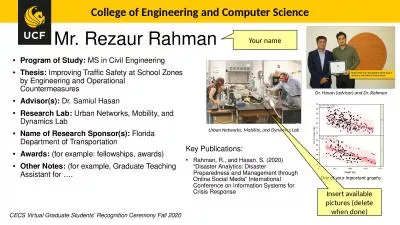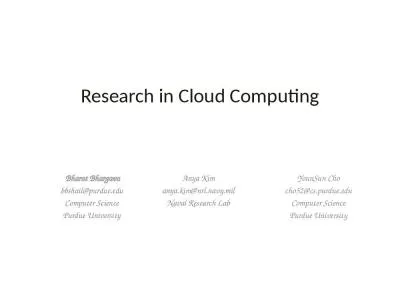PPT-Ragib Hasan
Author : lindy-dunigan | Published Date : 2018-01-08
Johns Hopkins University en600412 Spring 2010 Lecture 1 01252010 Security and Privacy in Cloud Computing Welcome to the class Administrative details When Monday
Presentation Embed Code
Download Presentation
Download Presentation The PPT/PDF document "Ragib Hasan" is the property of its rightful owner. Permission is granted to download and print the materials on this website for personal, non-commercial use only, and to display it on your personal computer provided you do not modify the materials and that you retain all copyright notices contained in the materials. By downloading content from our website, you accept the terms of this agreement.
Ragib Hasan: Transcript
Download Rules Of Document
"Ragib Hasan"The content belongs to its owner. You may download and print it for personal use, without modification, and keep all copyright notices. By downloading, you agree to these terms.
Related Documents

